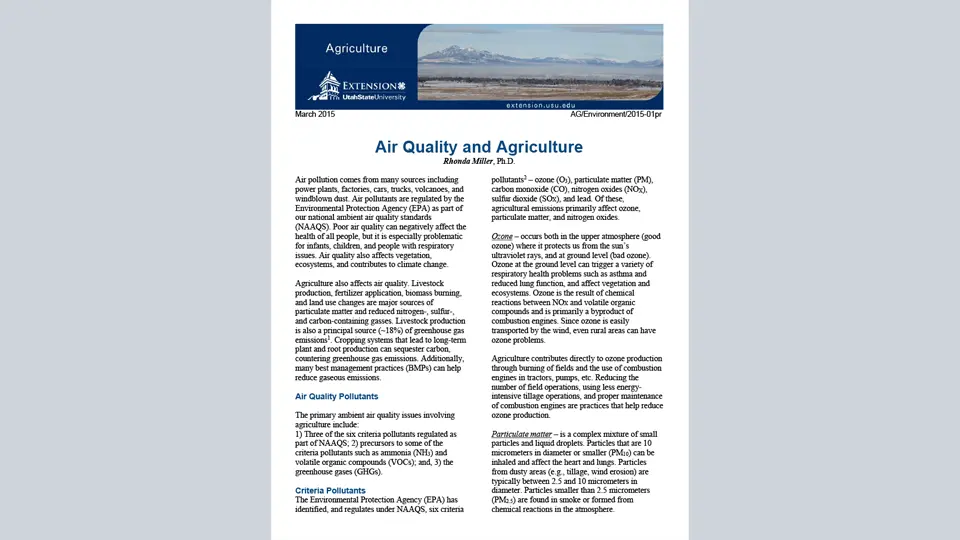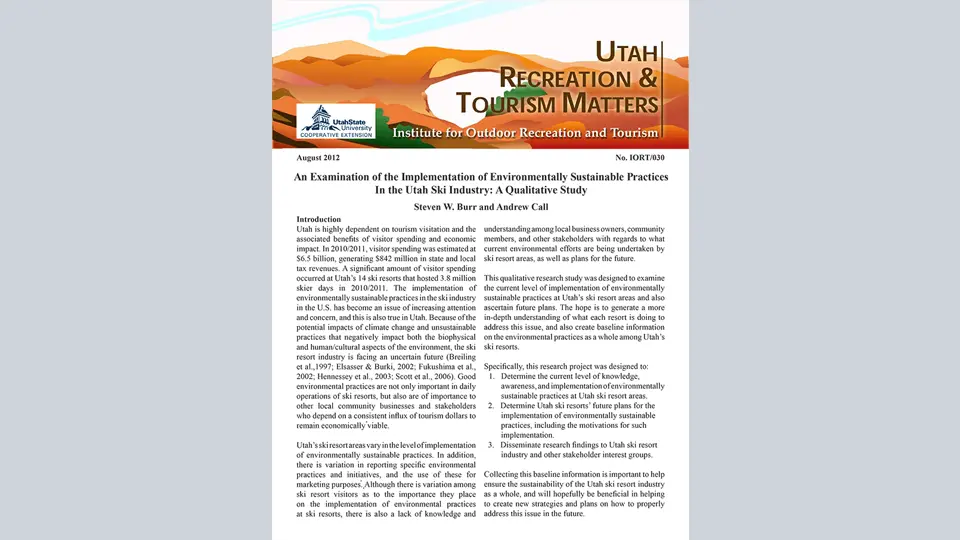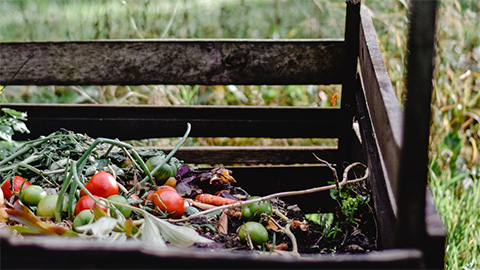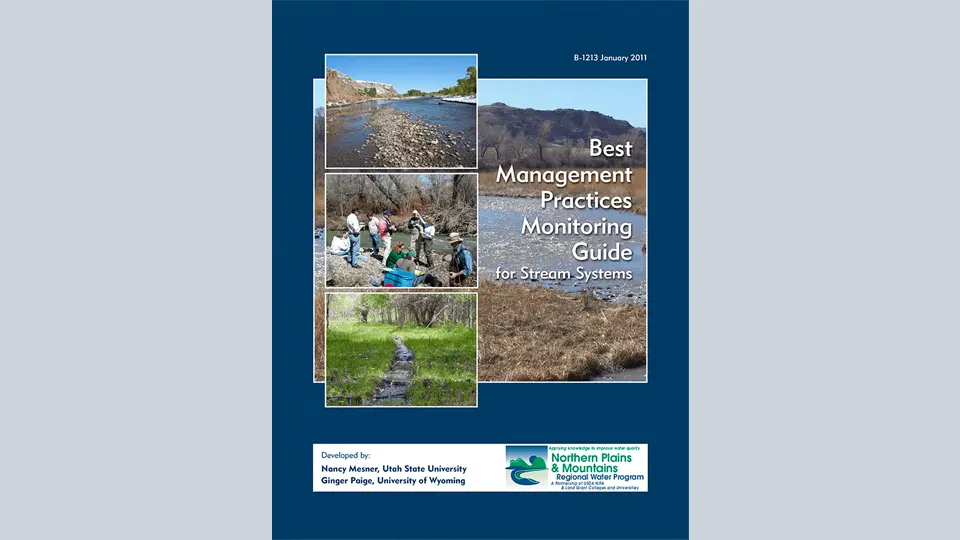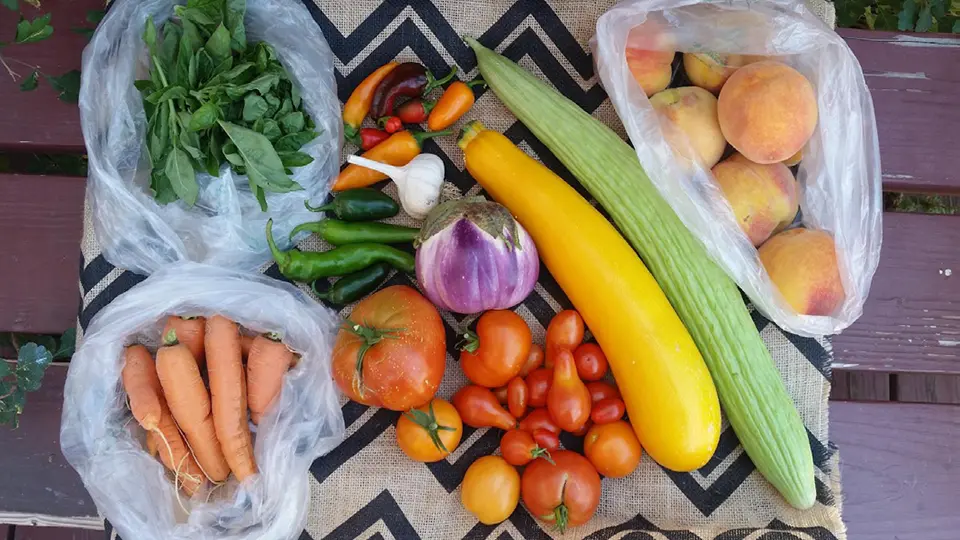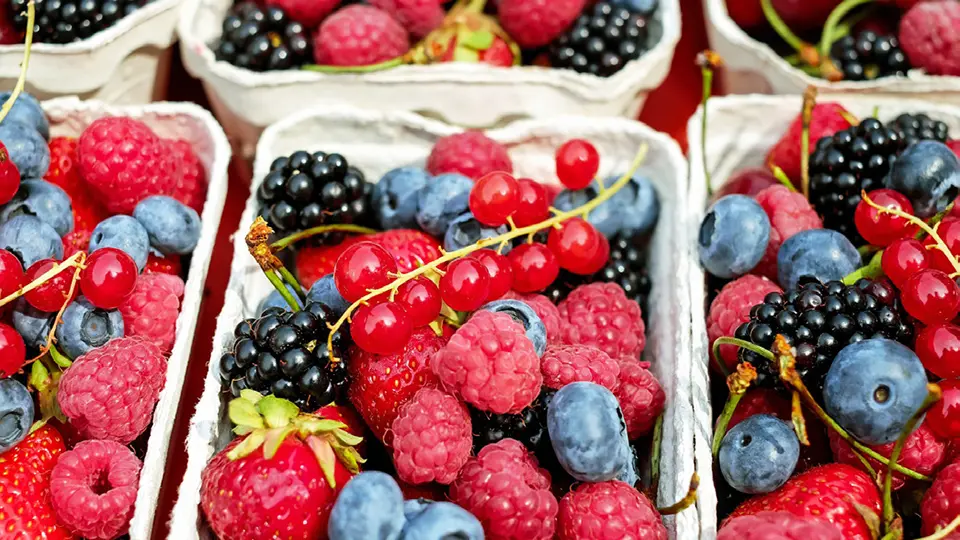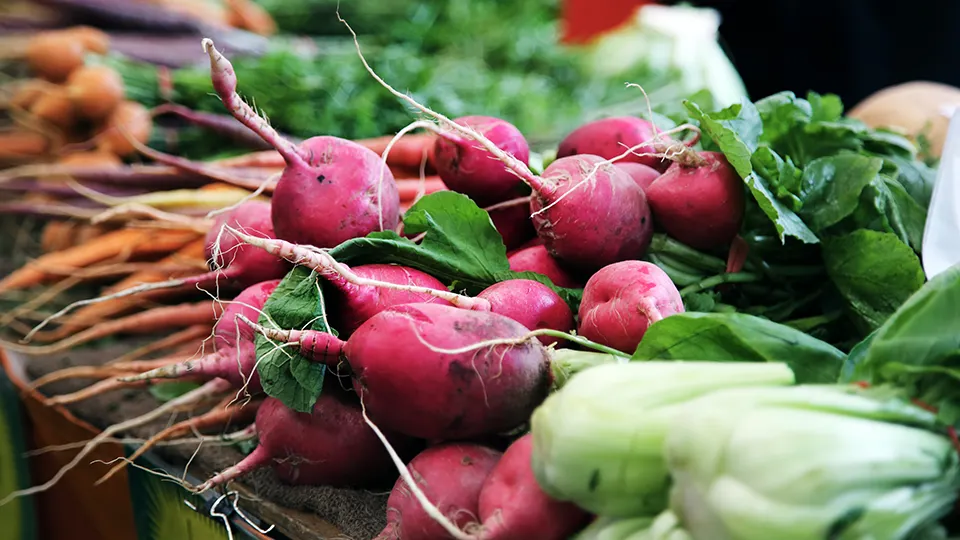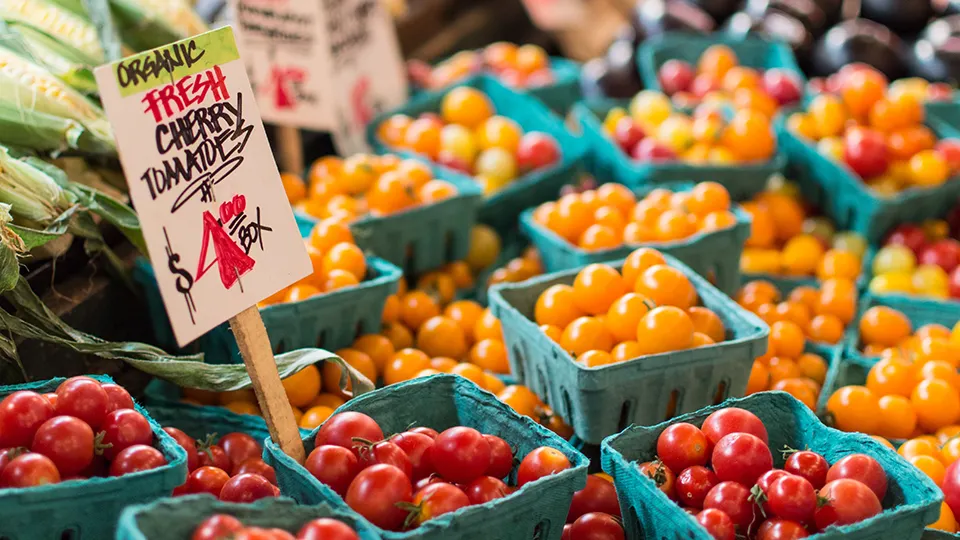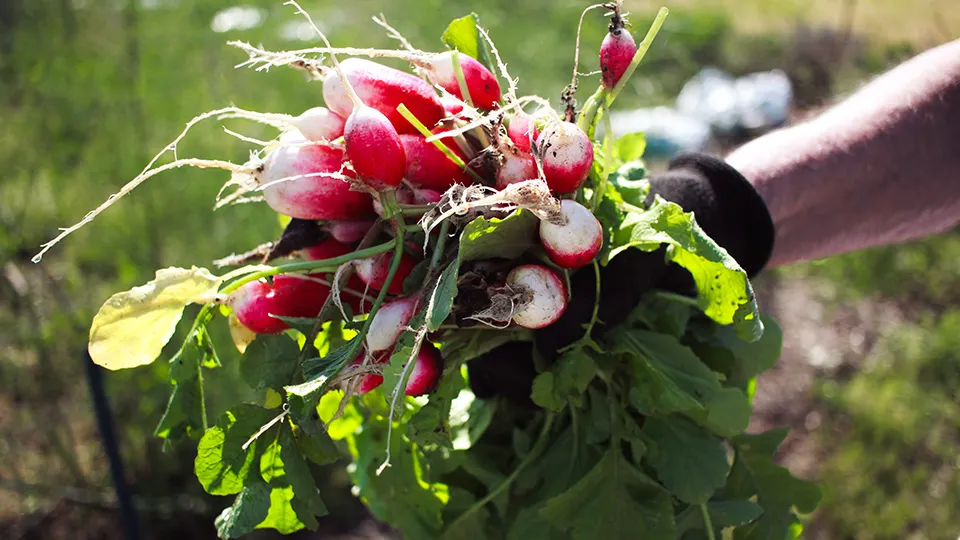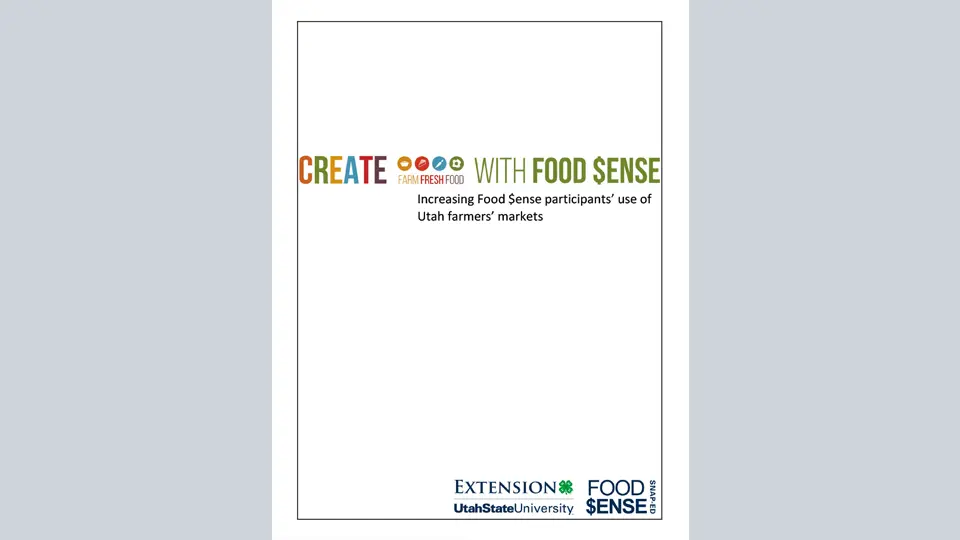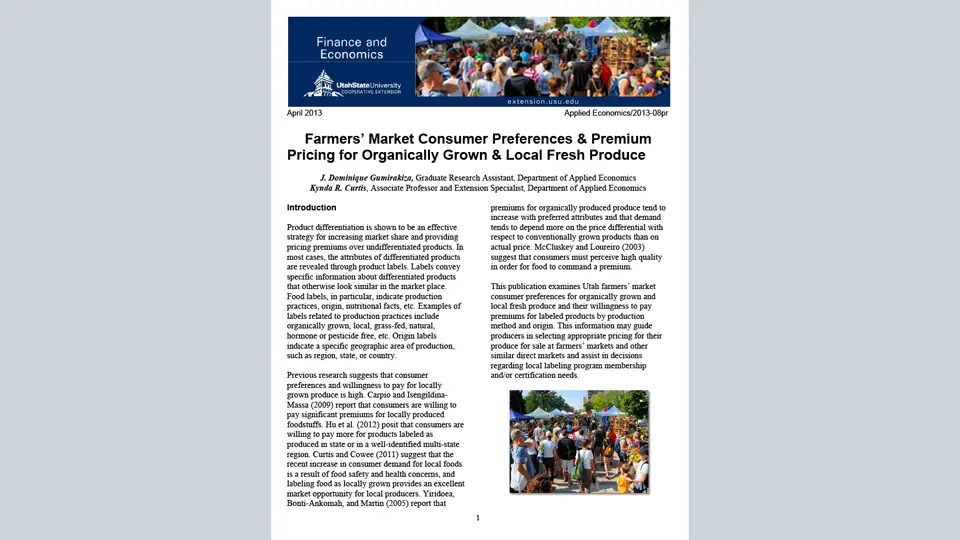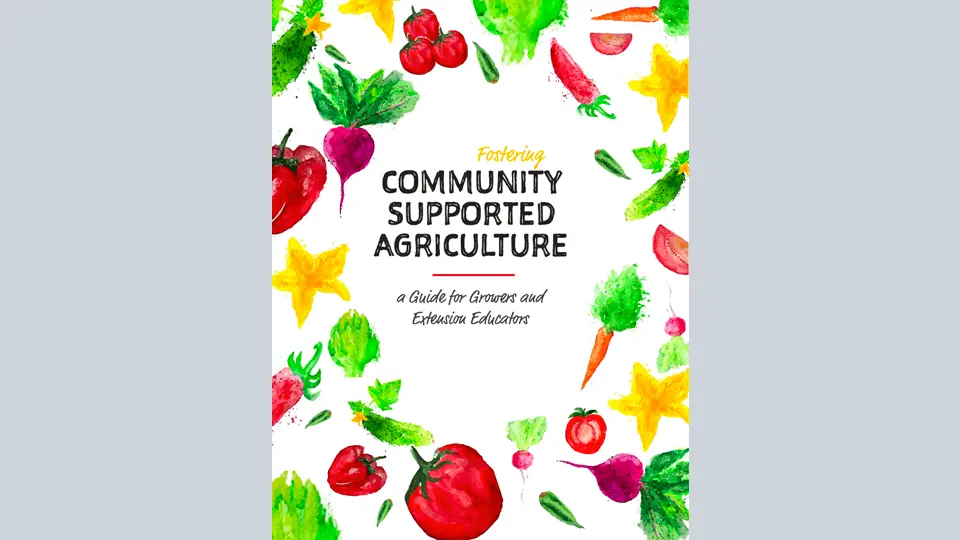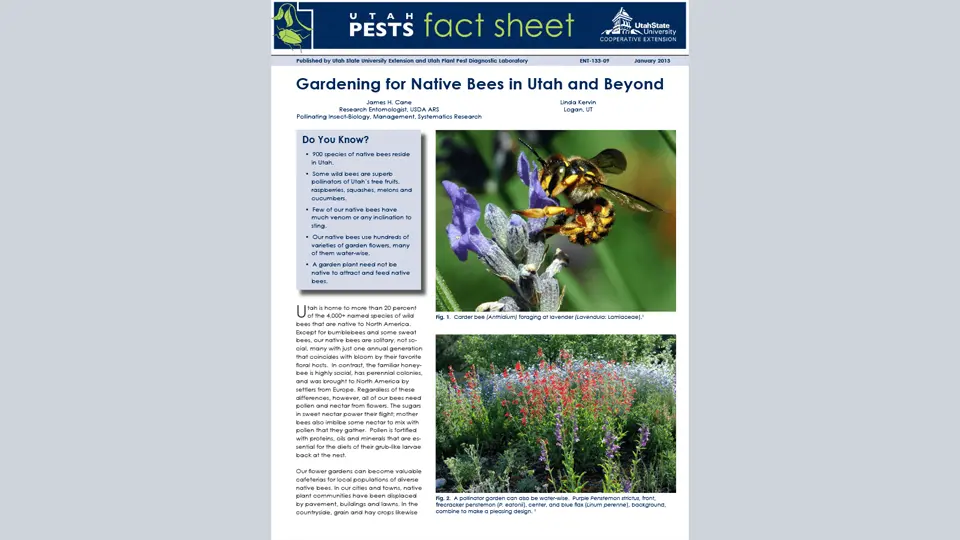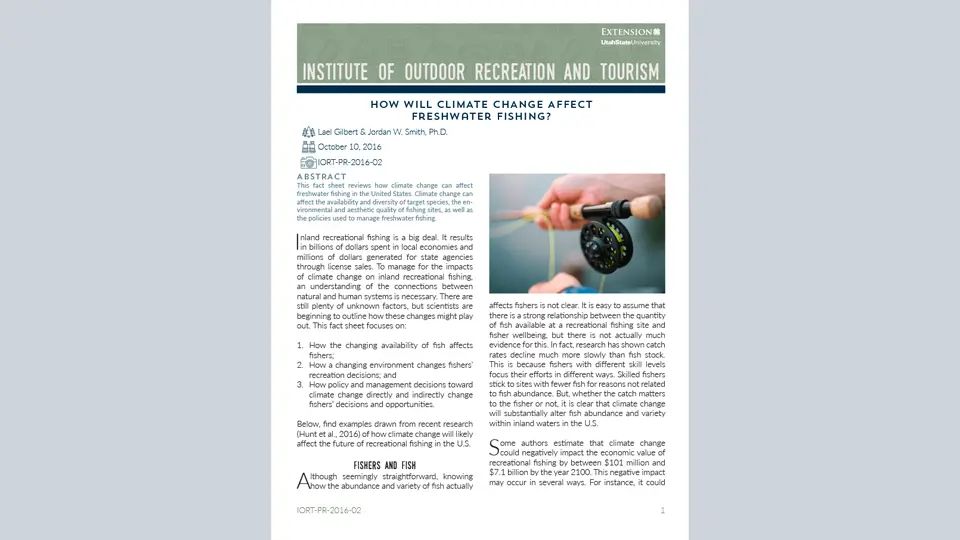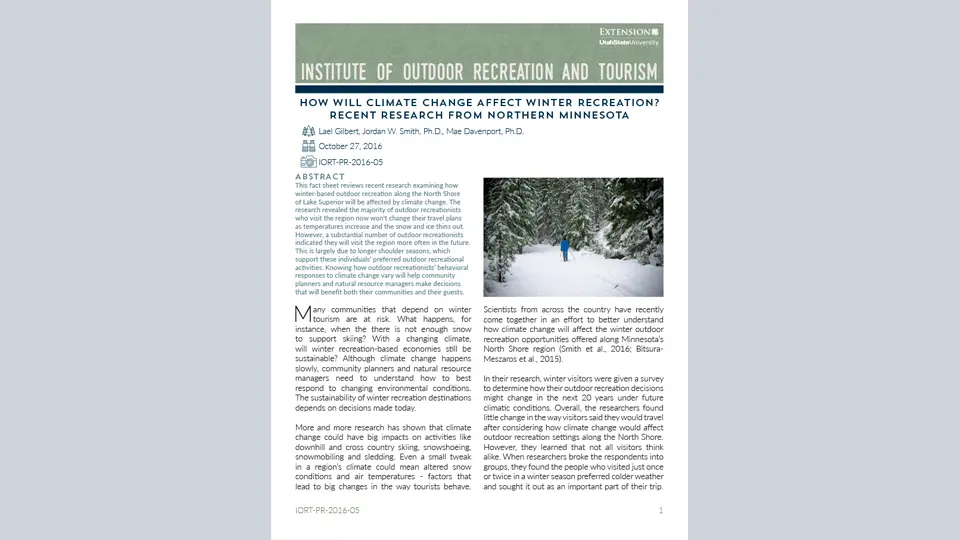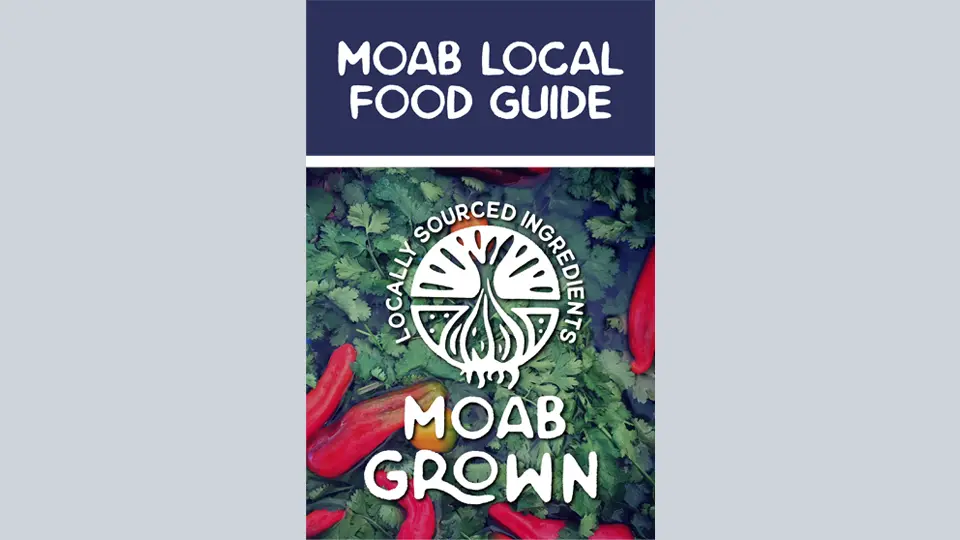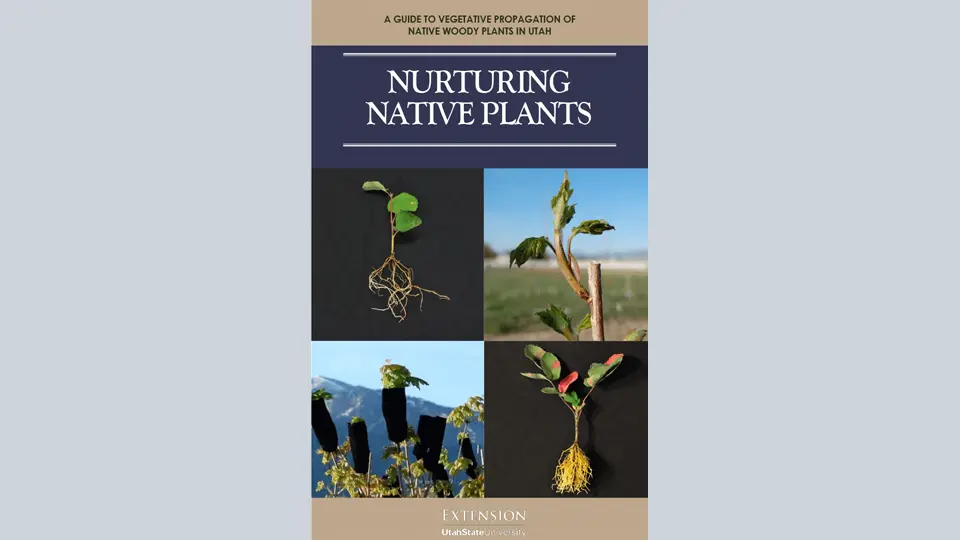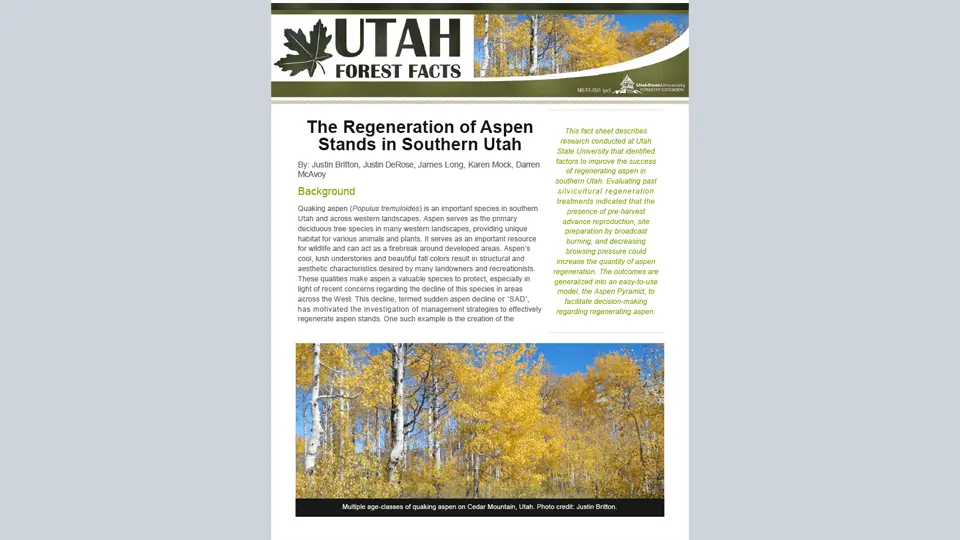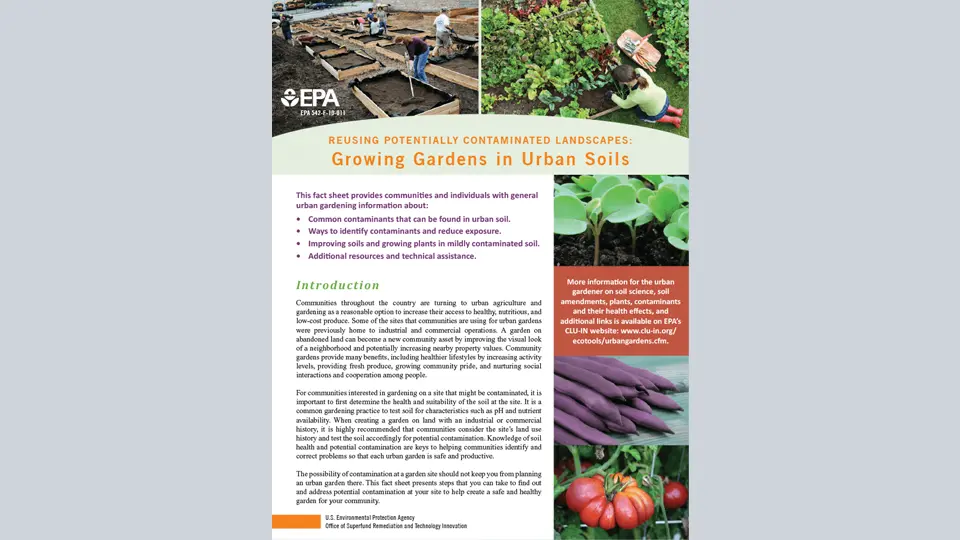Community Supported Agriculture: Participating in a Share
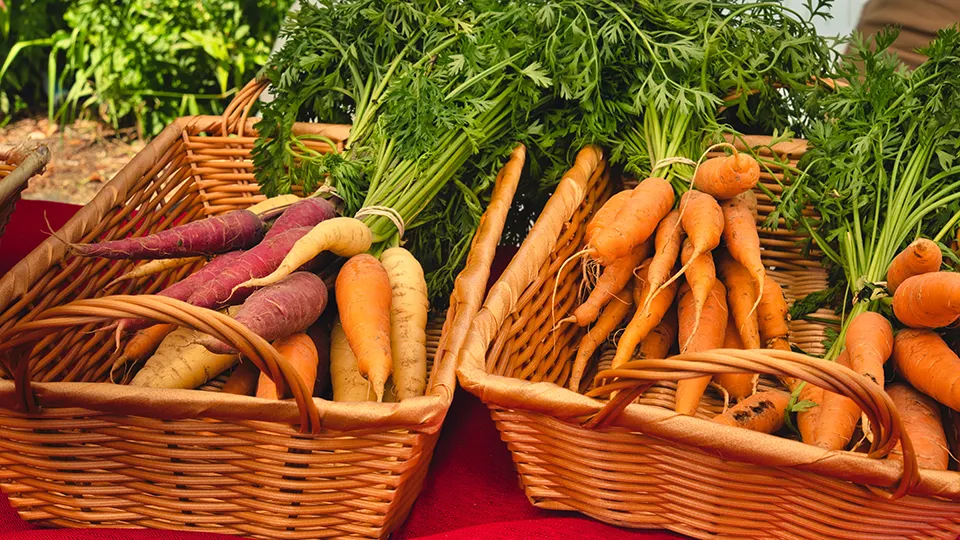
Community Supported Agriculture (CSA) provides a direct connection between local community members and growers, generally through provision of a weekly share of goods (Local Harvest, 2016). Members are offered fresh, locally grown goods and an opportunity to support local farms and farmers by investing in a CSA share from a local grower (CSA Utah, 2016). This type of program provides weekly locally grown produce, promotes small businesses in the community, and helps to cover production costs for farms.
Members typically purchase a “share” of goods for the duration of the growing season and receive periodic distributions of goods throughout the determined time frame. A large range of goods can be provided by CSAs, depending on the type, location, and season of the farm. Vegetable CSAs are common, but many CSAs also offer fruit, eggs, meat, crafts, flowers and other services.
Benefits of Joining
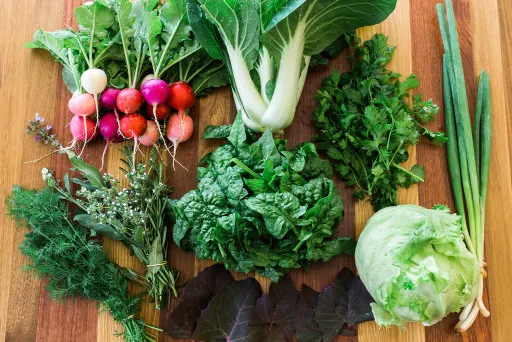
There are numerous benefits to participating in a CSA. Participants receive the assuring knowledge of where their food came from and who grew it. One of the highest motivating factors stated by participants for becoming a shareholder includes that the food is fresh and lacking preservatives and added hormones (Brehm & Eisenhauer, 2008). Consumers receive vegetables, fruits, and/or other goods such as meats throughout the season as soon as the produce is ripe and ready with the advantage of eating their food the same week, or even day, it was picked. Not only do consumers gain a sense of fulfillment, but nutritious food as well that may not be available at a grocery store.
Members of some CSAs have an opportunity to participate in the planting, growing, pruning, and harvesting of the goods in their share. This gives consumers a hands-on educational experience about the food they consume.
Active participation also allows for new knowledge gain and a chance to participate in the joys of growing food. It is also a great opportunity for consumers to interact and develop relationships with other people of similar interests and to forge connections with people they meet through the CSA. Shareholders contribute to their local economy and support members of their local community.
Other benefits of participating in a CSA include:
- Accessing organic food (depending on the CSA)
- Accessing locally grown food
- Reduced packaging on food
- Eating food that is in season
- Supporting diversified agriculture
Barriers in Joining
Some barriers of participating in a CSA include:
Seasonality of production: Locally grown food will only be available if it is in season, even if the local grocery store is currently offering it.
Product issues: Consumers may want a larger variety of products, want to select more of certain goods, or be uncertain of how to prepare produce from CSAs.
Cost of shares: Some consumers may determine the cost of the share is too expensive.
Remembering to pick up shares: Shareholders must remember to pick up their share each week from a predetermined location. If forgotten, they might miss out on that week’s share.
Finding CSAs in Utah
ATTRA Local Food Directories: https://attra.ncat.org/attra-pub/local_food/search_results.php?State=UT
CSA Utah: http://csautah.org/
Local Harvest: http://www.localharvest.org/csa/
Local First Utah: http://localfirst.org/
Robyn Van En Center: http://www.csacenter.org
SPIN Farming: http://www.spinfarming.com/buy/
USDA Alternative Farming Systems Information Center: https://www.nal.usda.gov/afsic/community-supported-agriculture
Summary
Community Supported Agriculture is a farming practice that provides a direct link between the community and the grower. Shareholders purchase a share of the CSA and receive produce at incremental time periods, generally weekly. Barriers and benefits to becoming a shareholder vary. Potential benefits include access to local, fresh produce free of preservatives and added hormones, and supporting diversified agriculture. Some potential barriers include the seasonality of production, a smaller variety of product, and the upfront cost of shares.
References
- Brehm, J. M., & Eisenhauer, B. W. (2008). Motivations for participating in community-supported agriculture and their relationship with community attachment and social capital. Southern Rural Sociology, 94-115. Retrieved from http://www.ag.auburn.edu/auxiliary/srsa/pages/Articles/SRS%202008%2023/1/SRS%202008%2023%201%2094-115.pdf
- Cone, C. A., & Myhre, A. (2000). Community-supported agriculture: A sustainable alternative to industrial agriculture?. Human Organization, 59(2), 187-197. Retrieved from geog.siu.edu/courses/429/IndusLocal/IndusLocalF.pdf
- CSA Utah. (2016). What is a CSA? Retrieved from http://csautah.org/whats-a-csa
- Hassanein, N. (2004, August). Locating food democracy. Paper presented at the 67th Annual Meeting of the Rural Sociological Society, Sacramento, CA.
- Local Harvest. (2016). Community supported agriculture. Retrieved from http://www.localharvest.org/csa/
June 2017
Utah State University Extension
Peer-reviewed fact sheet
Authors
Kenna McMurray, Kelsey Hall, & Roslynn Brain
School of Applied Sciences, Technology & Education & Department of Environment & Society
Related Research





